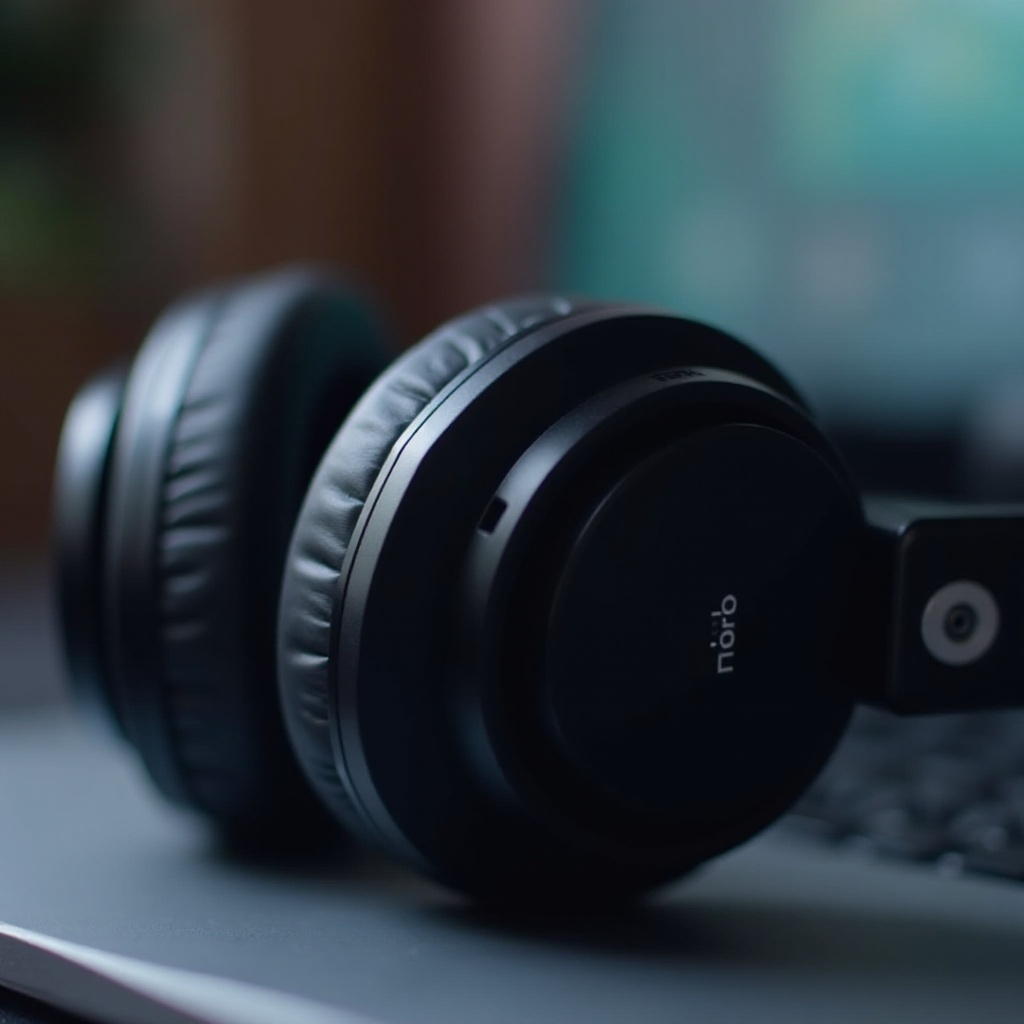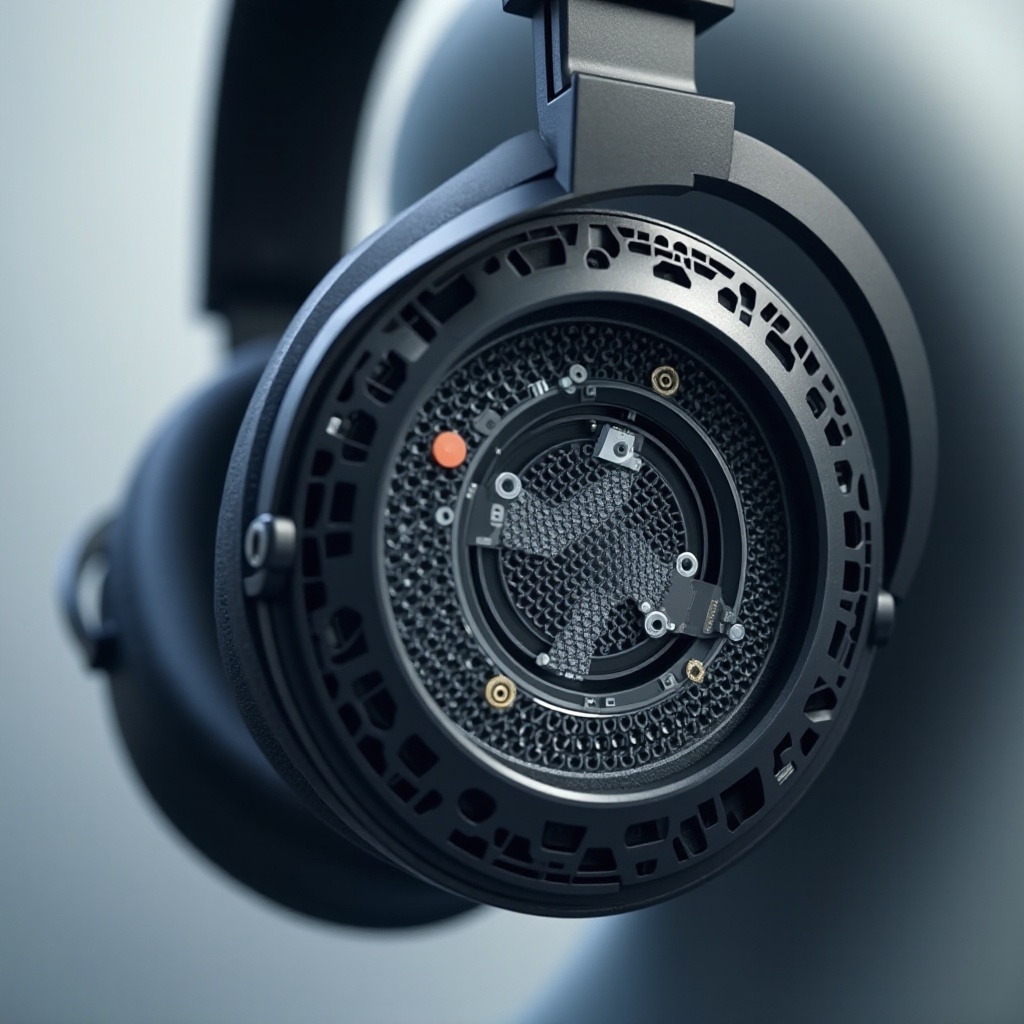Introduction
Noise pollution pervades our everyday environments—be it a bustling city, public transport, or even within office spaces. This relentless cacophony can elevate stress levels and reduce concentration. Noise-canceling headphones offer a noteworthy solution, skillfully blending advanced physics and technology to silence unwanted noise. Not only do these audio devices deliver exceptional sound quality, but their noise-canceling capabilities showcase the marvels of applied physics. This article demystifies how noise-canceling headphones leverage physics to enhance our auditory experiences.

Understanding Sound and Noise
To comprehend noise-canceling technology, one must first understand the nature of sound. Sound travels in waves generated by vibrations through mediums such as air. These waves possess properties such as amplitude, frequency, and wavelength. Amplitude, the wave’s height, dictates how loud the sound is, whereas frequency measures the pitch by counting waves passing a point per second. Noise, often perceived as undesirable sound, varies in its frequencies and amplitudes, creating interference that can disrupt our listening experiences.
Mastering the science of sound wave interaction is crucial for effective noise cancellation. When two waves intersect, they create interference—key to the active noise-cancelation process. Noise-canceling headphones leverage this concept to create tranquility inside your auditory space, as detailed in the following sections.
The Types of Noise-Canceling Headphones
Noise-canceling headphones employ either passive or active noise-cancelation techniques to combat invasive sounds.
- Passive Noise Cancellation: Achieved through design materials and construction that block external noise, such as dense ear pads, which primarily reduce noise at higher frequencies.
- Active Noise Cancellation (ANC): Involves technology capable of reducing broader frequency noise. ANC headphones produce sound waves that counteract environmental sounds by creating an opposite wave, resulting in “destructive interference.”
Understanding these categories prepares us for a deeper dive into how active noise cancellation intricately functions to negate external distractions.
How Active Noise Cancellation Works
At the core of active noise cancellation lies the principle of destructive interference through phase inversion.
-
Sound Wave Interference and Phase Inversion: To cancel unwelcome ambient noise, noise-canceling headphones generate inverse sound waves. By producing waves opposite to the incoming sound waves, the two waves cancel each other out, a phenomenon known as destructive interference.
-
Role of Microphones: Microphones embedded in the headphones continuously monitor environmental sounds and feed this data to the noise-cancelation system.
-
Electronic Circuitry for Sound Processing: Once noise is detected, an electronic circuit processes the sound, creating an inverse wave designed to nullify the ambient noise. This resultant silence allows users to enjoy audio content untainted by environmental clamor.
The integration of precise timing and intelligent sound processing in noise-canceling technology illustrates the effective application of physics in engineered solutions.
Implementing Destructive Interference
Effectively implementing destructive interference hinges on the headphones’ ability to produce inverse waves with pinpoint accuracy. High-quality components and meticulous engineering ensure that noise-cancelation systems can respond adaptively to dynamic soundscapes.
Signal Processing Mechanics
The sophistication of noise-cancelation circuits lies in their capacity for real-time adaptation. Advanced signal processing mechanisms in the headphones react instantaneously to fluctuating ambient noise patterns, maintaining a continuous, undisturbed listening experience.
The Components That Make It Possible
The success of noise-canceling technology depends heavily on its core components, seamlessly integrated for optimal performance:
- Microphones: These devices pick up external noise, feeding data to the headphone’s processing unit.
- Speakers: Responsible for delivering both the desired and the inverse sound to cancel noise effectively.
- Noise-Cancelation Circuitry: Integral to processing and generating the appropriate inverse sound waves.
Together, these elements form a coherent system that ensures effective noise suppression, enhancing the quality of the listener’s audio experience.

Challenges and Limitations of Noise-Canceling Headphones
While impressive, noise-canceling headphones are not without challenges:
- Environmental Limitations: Effective noise cancelation depends on consistent background noise; unpredictable changes can diminish efficacy.
- Impact on Audio Quality: The process of producing inverse waves may sometimes alter audio quality if not carefully managed.
- Additional Power Demand: ANC systems require power to function, potentially affecting battery life.
Acknowledging these limitations helps consumers discern the suitability of noise-canceling headphones for varied uses, accommodating both personal and professional needs.
Recent Developments and Future Innovations in Noise-Canceling Technology
Advancements in noise-canceling technology, particularly since 2024, include:
- Improved Algorithms: Leveraging AI to dynamically adjust to changing noises enhances the overall noise-cancelation effectiveness.
- Material and Design Innovations: New designs and materials contribute to better passive noise suppression, complementing the active systems.
- Enhancements in Personalization: The latest models offer customizable settings, enabling users to adjust ambient noise modes according to individual preferences.
These technological strides promise a bright future for noise-canceling technology, propelling it towards even greater levels of auditory excellence.

Conclusion
Noise-canceling headphones exemplify the convergence of physics, engineering, and innovation. By employing principles of sound wave interference and sophisticated electronic processes, these headphones manage to significantly reduce ambient noise, transforming how we experience audio in our everyday environments. As developments continue, so too will the prowess of these devices, promising improved auditory experiences amidst the hustle and bustle.
Frequently Asked Questions
What is the difference between passive and active noise cancellation?
Passive noise cancellation relies on barriers to block noise, while active uses technology to produce inverse sound waves canceling ambient sound.
Can noise-canceling headphones block all types of noise?
They can reduce many noises but may not eliminate sharp or sudden sounds. Situational factors affect their effectiveness.
How has AI improved noise-canceling technology?
AI enables real-time adaptation, enhancing noise reduction by automatically adjusting to dynamic sound environments.
